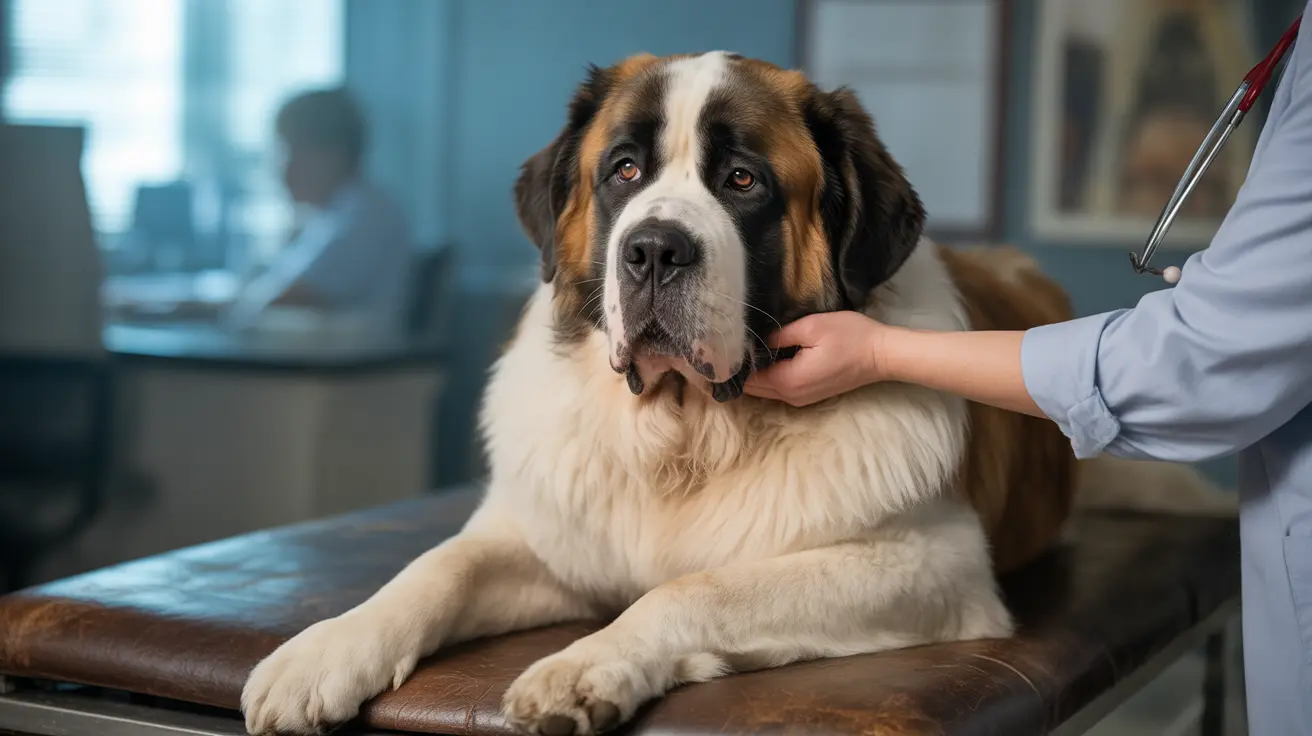Just like humans, dogs possess a structure similar to what we know as the Adam's apple. This anatomical feature, scientifically called the laryngeal prominence, is an essential part of your dog's throat anatomy. While it might not be as visible as the pronounced bump seen in human males, understanding this structure can help you better monitor your pet's health and understand their vocal capabilities.
In this comprehensive guide, we'll explore everything you need to know about the canine Adam's apple, its function, and why it matters for your dog's health and well-being.
Understanding the Canine Adam's Apple
The Adam's apple in dogs is actually the external projection of the thyroid cartilage, which protects the larynx (voice box). While present in all dogs, its visibility varies significantly between individuals and breeds. This cartilage serves crucial functions in protecting vocal cords and supporting various throat activities.
Unlike humans, where male Adam's apples become prominently visible during puberty, dogs show more subtle differences between genders. Both male and female dogs have this anatomical feature, though it may be slightly more noticeable in males due to their generally larger size.
Function and Importance
The canine Adam's apple plays several vital roles in your dog's daily life:
- Protection of the larynx and vocal cords
- Support for swallowing mechanisms
- Facilitation of breathing
- Aid in vocalization (barking, growling, and other sounds)
This cartilage structure works in conjunction with other throat muscles and tissues to ensure smooth coordination of these essential functions.
Breed and Gender Variations
The visibility and size of a dog's Adam's apple can vary based on several factors:
- Breed size and neck structure
- Individual body composition
- Gender (slightly more prominent in males)
- Age and development stage
Larger breeds with more muscular necks might show more noticeable laryngeal prominence compared to smaller breeds or those with abundant neck fur.
Health Monitoring and Warning Signs
While the Adam's apple is a normal anatomical feature, changes in this area can indicate potential health issues. Watch for:
- Unusual swelling or asymmetry
- Pain or sensitivity when touched
- Changes in your dog's bark or voice
- Difficulty swallowing or breathing
Any abnormal changes should prompt immediate veterinary consultation to rule out potential health concerns.
Frequently Asked Questions
Do all dogs have an Adam's apple, and can I feel it on their neck?
Yes, all dogs have an Adam's apple, though it may not be easily visible. You can generally feel it as a firm, smooth bump in the middle of their upper throat area, about halfway between the jaw and chest.
Why is a dog's Adam's apple less visible than a human male's?
Dogs' Adam's apples are less prominent because they don't undergo the same testosterone-driven growth during puberty as human males. Additionally, fur coverage and different neck anatomy can make it less visible.
How does the Adam's apple help protect my dog's voice box and vocal cords?
The Adam's apple (thyroid cartilage) forms a protective shield around the larynx and vocal cords, preventing injury during activities like barking, eating, and physical activity.
Can a lump near my dog's Adam's apple area be a sign of illness?
Yes, any unusual lumps, swelling, or changes near the Adam's apple area should be evaluated by a veterinarian, as they could indicate various conditions ranging from minor infections to more serious issues.
Does the size of the Adam's apple vary between male and female dogs or across breeds?
Yes, there is some variation in size between males and females, with males typically having slightly larger Adam's apples. Size also varies across breeds, particularly in relation to overall body and neck size.
Conclusion
Understanding your dog's Adam's apple and its normal appearance can help you better monitor their health. While this anatomical feature might not be as prominent as in humans, it serves essential functions in your dog's daily life. Regular observation of this area during grooming or petting can help you notice any concerning changes early on.
Remember that while all dogs have this structure, its appearance varies widely, and what's normal for one dog might not be for another. When in doubt about any changes or concerns, always consult with your veterinarian for professional guidance.






